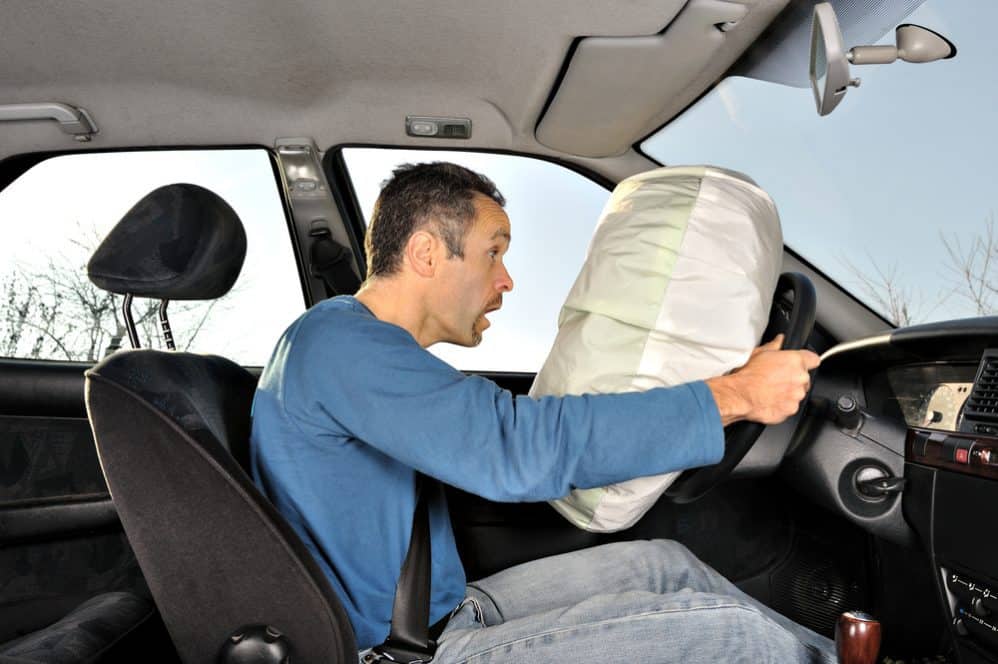
The Importance of Supplemental Restraint Systems (SRS)
Air bags, technically known as Supplemental Restraint Systems (SRS), are designed to work alongside seat belts to prevent serious injuries during a crash. Understanding the mechanics and functions of these systems can significantly enhance their effectiveness in protecting vehicle occupants.
The Three Collisions in a Crash
In any vehicular crash, there are three distinct collisions:
1. Vehicle Collision: The vehicle itself impacts another object (another vehicle, a tree, an embankment, etc.).
2. Human Collision: The occupants’ bodies collide with parts of the vehicle’s interior.
3. Internal Collision: The internal organs collide against each other or against the skeletal structure.
These collisions can cause severe injuries, but modern safety systems are designed to mitigate their impact.
Vehicle Design and Crumple Zones
Modern vehicles are designed with crumple zones that absorb and dissipate crash forces. While older vehicles were built with rigid structures that transmitted crash forces directly to the occupants, modern vehicles are designed to collapse strategically. This design increases repair costs but significantly enhances occupant protection by reducing the force transmitted to the passengers.
Interior Design for Safety
The interior components of modern vehicles, such as softer plastics, vinyls, and paddings, are designed to minimize injury during the second collision. These materials are intended to reduce the severity of injuries if occupants are thrown against them.
Role of Air Bags
Air bags are a crucial component of SRS. Modern air bags are equipped with sensors that adjust deployment based on the severity of the crash and the physical characteristics of the occupants. This smart technology ensures that air bags deploy with the appropriate force and timing to maximize protection.
Additional advancements include the development of side and curtain air bags, which provide protection in side-impact collisions and further define a “safe space” within the vehicle for occupants.
Impact Ride-Down and Seat Belts
The concept of “impact ride-down” is similar to the function of a parachute, which slows a parachutist’s descent gradually to avoid a sudden stop. In a crash, seat belts stretch and tighten, gradually decelerating the body and reducing the severity of the second and third collisions. This gradual deceleration helps prevent injuries caused by the abrupt forces of a crash.
The Synergy of Seat Belts and Air Bags
Air bags are termed “supplemental” restraints because they are designed to work in conjunction with seat belts. For maximum effectiveness, both systems must be used together. Seat belts keep occupants in the correct position, ensuring that air bags can provide optimal protection. If occupants are not properly restrained by seat belts, they may be thrown out of position, rendering the air bags less effective or even hazardous.
Conclusion
To maximize safety during a crash, always use your seat belt and ensure that your vehicle’s air bags are functioning correctly. The combination of these systems provides a comprehensive approach to mitigating the forces of the three collisions, enhancing your protection and potentially saving your life.
